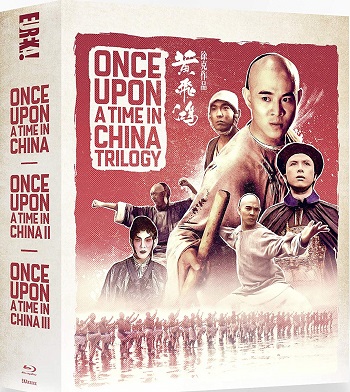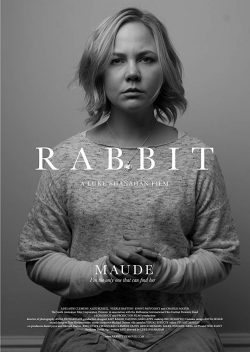 2018’s as good as over, so it’s end of year review time. Having gone through this old routine a good few times already, Warped Perspective’s editors Ben Bussey and Keri O’Shea decided to take a different approach this year and get together for a virtual discussion of their favourite films of the year; and for the sake of brevity, opted to each list their top 5 rather than the traditional top 10. (Click on the titles to go to our reviews.)
2018’s as good as over, so it’s end of year review time. Having gone through this old routine a good few times already, Warped Perspective’s editors Ben Bussey and Keri O’Shea decided to take a different approach this year and get together for a virtual discussion of their favourite films of the year; and for the sake of brevity, opted to each list their top 5 rather than the traditional top 10. (Click on the titles to go to our reviews.)
Keri: Okay, so I guess we could start by naming our favourite five films of the year? I’m curious as to whether there’ll be any overlap; I feel like a few of mine are lesser-known at this point in time, though hopefully that’ll change.
Ben: I thought maybe we could name them one at a time, and discuss the choices as we went along? Although yes, it is entirely possible there will be overlaps.
Keri: Okay, we’ll do it that way.
Ben: Well I was a bit tardy so seems only fair you go first. What’s your number 5? Oh, and incidentally have you arranged them in preferential order? I haven’t, really.
Keri: Not really. Okay, my first choice is actually the first film I saw and reviewed in 2018 – Rabbit. I don’t think you’ve had a chance to see it yet, but I definitely recommend it. Very atmospheric. I don’t like to bandy ‘Lynchian’ around, but there’s something of that in there.
Ben: No, I have not seen that one but I do recall your review.
Keri: It starts quite cliche – girl running through woods – but it has this roaring soundtrack, and it takes its storyline in some very strange directions, which I loved.
Ben: As we’ve noted before, the term ‘Lynchian’ tends to get over-zealously applied to anything a bit weird, but if you’re using for Rabbit I guess that means there’s a genuinely abstract sensibility at play.
Keri: Yes, right down to the appearance of the characters, the locations, and the dialogue. It has a very dizzying effect.
So what’s made your list?
 Ben: Well, just as you started on something small, independent and little-seen, I’ve rather gone to the other end of the spectrum on my first choice, which I’m assuming won’t have made your list: Black Panther.
Ben: Well, just as you started on something small, independent and little-seen, I’ve rather gone to the other end of the spectrum on my first choice, which I’m assuming won’t have made your list: Black Panther.
Keri: Ah, indeed. Yes, a massive hit! What did you personally rate about it?
Ben: I thought it really brought something fresh and different to the superhero blockbuster format, which has obviously grown very well-worn. It hit all the right beats for your typical big budget action adventure, but I thought it also brought some real heart and ingenuity.
And such a great ensemble cast; so many endearing performances, even down to comparatively minor supporting characters like M’Baku.
Keri: I suppose as a non-fan of the glut of superhero films in general, it was always going to be a gamble for me. And, I can’t enjoy a film in a vacuum, and the gratuitous worship of the film turned me off majorly! Which is daft, I know, as it’s not a bad thing when a film garners so much support.
I’m still blown away that the film unself-consciously had the lead saying taking in refugees would jeopardise the quality of life in Wakanda!
Ben: It’s certainly true that superhero movies walk a very awkward tightrope when they try to apply real-world ethics to stories of super-powered individuals flexing their might; even more notably in this instance given the hero is a monarch. And I can see why the excess of praise around the film, most of it more to do with its progressive qualities than its strengths as a piece of film-making, could be off-putting. But I felt it all worked really well.
Then again, I do really like superhero movies, and got out to see the bulk of them this year: really enjoyed Deadpool 2 and Avengers: Infinity War as well. But I liked that Black Panther for the most part was a true standalone, not so dependent on broader knowledge of a cinematic universe.
Keri: I’ll give you that – I had never read anything about its universe before, and it made sense. And it had rhinos, which is in its favour.
Ben: Yes, rhinos make everything better.
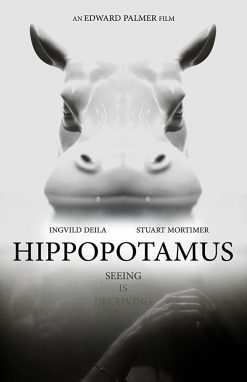 Keri: Well, to get to my second film, I’m afraid it’s yet another lesser-known one. And another animal-related title – so we’ve had a rabbit, a panther, and now a Hippoptamus.
Keri: Well, to get to my second film, I’m afraid it’s yet another lesser-known one. And another animal-related title – so we’ve had a rabbit, a panther, and now a Hippoptamus.
Ben: 2018 was an animalistic kind of year, it seems.
Keri: Hippopotamus is the second film on my end-of-year favourites list which I got to see thanks to the fine people at the East End Film Festival – and in all honesty, the beginning of the film didn’t exactly fill me with promise. A young woman, imprisoned in a barren room. Oh, here we go, I thought. Well, I do like to be wrong in this kind of situation!
Ben: This is another I haven’t seen but can recall your review of. Sounds like basic torture fare, but proves to be something more?
Keri: Yes. It centres on a girl, Ruby, who is being held captive by someone. Her legs are broken, she’s amnesiac, and terrified. Gradually, she begins to uncover information about her captor and, well, things are not what they seem.
I was impressed that the filmmaker, Edward A. Palmer, managed to reinvigorate what has come to be a very tedious trope. I was hooked.
Ben: I’ll be honest, it sounds like the sort of film I’d be told about and then decide not to see these days. I was never that into the grim ordeal horror thing which dominated the genre for so long, and as a result I don’t take as many chances on new films that would appear to lean that way, particularly when they’re low-budget indies.
Feel quite bad admitting that, really, but we both know what a lottery new indie horror can be.
Keri: Definitely, the initial write-up gave me cause for concern. I would definitely recommend this one, though – it really doesn’t turn into a torture-fest. It’s very well-paced and leaves you doubting everything you’ve seen.
Ben: Sounds good. I feel like we should mention, have Rabbit and/or Hippopotamus had an official release? (I’m assuming readers won’t have much difficulty locating the other film we’ve mentioned.)
Keri: Rabbit has, but I think Hippopotamus has yet to. (If you know different, please let us know!)
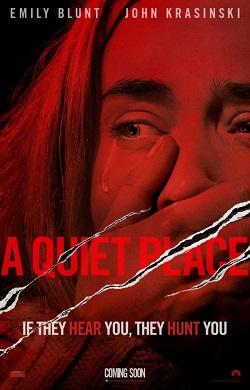 Ben: Okay, well on to my next I suppose, and I feel like a pattern’s emerging as I’ve picked yet another major studio release seen by loads of people; although I will also say, this was the one pick in my top five that it took me the longest to settle on. And the film in question is – A Quiet Place.
Ben: Okay, well on to my next I suppose, and I feel like a pattern’s emerging as I’ve picked yet another major studio release seen by loads of people; although I will also say, this was the one pick in my top five that it took me the longest to settle on. And the film in question is – A Quiet Place.
Keri: Okay, that would definitely be an honourable mention from me, too. We seem to be in the throes of sensory deprivation horror these days – take Bird Box and It Comes at Night as other examples. A Quiet Place really did well with the idea, though. Very accomplished piece of work.
Ben: Still yet to see either of the others you mention, but yeah, seems an interesting subgenre of sorts. Don’t Breathe, from a couple of years ago, rather fits with that too. Not sure how much else could be done with it; a movie when the monster can smell you coming?
Keri: Maybe! If anyone can make that scary or creepy, I doff my cap to them.
Ben: Anyway, A Quiet Place has obviously been discussed more widely in the context of Get Out and It before, and Hereditary and the Suspiria remake since; this new wave of mainstream horror treating the genre more seriously, which of course the independents have been doing for a long time.
There are ups and downs to this: haven’t seen new Suspiria so can’t comment there, but I did share many of your misgivings about Hereditary. There’s a danger that these films get too concerned with being clever-clever and forget to actually be entertaining.
A Quiet Place did a lot better there, I thought. It had its understated character-based emotional content, and credited the audience with intelligence, but also made a point of having well-crafted suspense sequences, and scary monsters which you actually get a proper look at.
Keri: It’s definitely a dark day when filmmakers are more concerned with being taken seriously than telling a story, yes. The former follows on from the latter. And I’d agree with you on A Quiet Place – it felt as though it had a real story to tell. It’s not easy to kickstart a completely new mythology, either – it would have been a much weaker film had it opted for tried-and-tested monsters.
Ben: Yeah, I really liked the creatures. Nice and grisly beasts. Almost surprising that those would pass in a PG-13 across the pond! I definitely think it earned its 15, although it’s clearly a milder one. Bit sceptical about them doing a sequel to it, but there’s certainly scope to explore that world further I think.
Keri: I hadn’t heard that was the plan; I guess there could be more to tell. Though hopefully a different spin on it, if it comes. Much as Cloverfield Lane was a worthy successor to Cloverfield – it was made in a different enough style.
Ben: That’s probably the way to go, yeah, not sure there’s much more to be done with the same characters. Anyway, unless we’ve anything more to say there, on to your number 3?
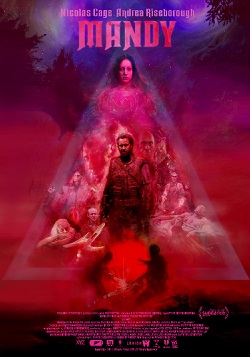 Keri: Mandy has to be in there for me. It’s the most vivid, trippy, fucking metal film ever! I do get that it’s a divisive one. And I’m actually no great lover of the ‘full Nicolas Cage’ generally, but here it worked absolutely beautifully.
Keri: Mandy has to be in there for me. It’s the most vivid, trippy, fucking metal film ever! I do get that it’s a divisive one. And I’m actually no great lover of the ‘full Nicolas Cage’ generally, but here it worked absolutely beautifully.
Ben: Ah yes, I thought you’d be including that. It’s a close runner-up for me, probably just because watching it on my own at home surely pales next to what an experience it would be on the big screen – although you saw it at home too, didn’t you?
Keri: I did, sadly I couldn’t find it in a cinema! Maybe one day I’ll get to rewatch it on the big screen.
Ben: That’s what we get for missing the first night of Celluloid Screams!
Keri: Indeed! It still worked bloody well on the small screen, mind. A really original, heady film. The colour palette alone made me feel like I’d taken some weird hallucinogenic.
So yeah, I really rated it. And I felt like (with the ‘metal logo’ being used, as well as some of the music) it seemed to be directly addressing metal fans. Or maybe I just wanted that to be the case!
Ben: The trippy aspects were definitely what worked best for me; that scene between Mandy and the cult leader, their faces almost imperceptibly morphing into one another – that’ll mess with your head. But to be honest, it lost me a little once it became all about the revenge. Much of it just felt a little bit goofy. A bit *too* goofy I should say; it’s not as if anyone involved didn’t realise how over the top it all gets.
Keri: What’s your next choice?
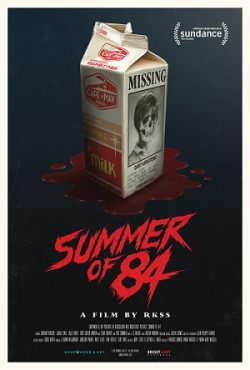 Ben: Okay, I suspect my next may possibly be on your list as well… it’s Summer Of 84.
Ben: Okay, I suspect my next may possibly be on your list as well… it’s Summer Of 84.
Keri: Indeed it is. A pleasant surprise, if ‘pleasant’ is the right term; what makes the film stand out is how far it moves away from the kind of kitsch nostalgia it at first seems to be channelling.
Ben: I’ll admit I can be a sucker for all this 80s retro; love Stranger Things and Ready Player One. Even so, I didn’t necessarily go into Summer of 84 with the highest expectations as I knew it was from the makers of Turbo Kid, which I wasn’t that impressed with. But as you say, this one has quite the sting in its tail, and really tears away that comfort blanket of nostalgia by the final act. I said in my review that it was one of the most genuinely startling endings I’d seen in a long time, and I stand by that; I really didn’t see it taking that dark a turn.
That having been said, I still appreciated the simpler, kids on holiday antics building up to that point. You and I of course saw it together at Celluloid Screams, and I recall us both recognising how true to life that whiskey-drinking scene is.
Keri: Yes, it manages to go from well-observed and plausible, likeable characters to somewhere completely unexpected and unparalleled, in terms of how nasty it gets.
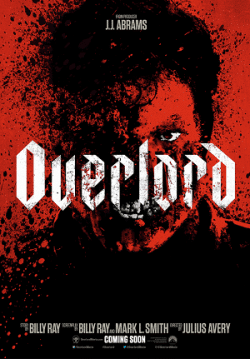 Ben: Well hey, we shared an entry there so we saved a bit of time. So – onto your number 2? Tee hee. Oh wait – that was your number 2. So, probably better it’s my number 2. This doesn’t stop being funny. Anyway – my next pick is Overlord. Did you get a chance to see that?
Ben: Well hey, we shared an entry there so we saved a bit of time. So – onto your number 2? Tee hee. Oh wait – that was your number 2. So, probably better it’s my number 2. This doesn’t stop being funny. Anyway – my next pick is Overlord. Did you get a chance to see that?
Keri: Sadly not: sell it to me!
Ben: It’s another one I went back and forth over; it was between that and The Predator, both of which I thought were great large scale gory B-movies, and neither of which got the attention they deserved. The Predator, in fact, was really unfairly maligned. But Overlord got the edge just because of how wonderfully crazy and excessive it is: a grim World War II movie which gradually turns into a mad scientist Nazi zombie romp with gruesome contortions, gushing exit wounds and stuff blowing up all over the shop. So much fun to see the Nazi Zombie movie done with a big budget.
Keri: Sounds good, so it’s another title I need to catch up with. Nazi zombies always seem to make for an entertaining film.
Ben: They do indeed, and I think Overlord really hit the spot. A great one for Friday nights with beer and curry. Assuming I’ve got my sums right this time, that leaves us with one more each to name?
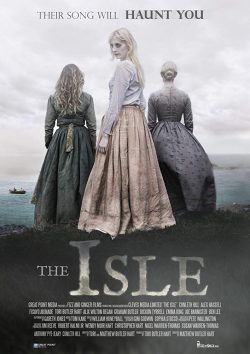 Keri: Yes indeed. My last pick is the second title from the East End Film Festival – The Isle. I thought it was very good indeed, again a film drawing something new out of mythology. Its location is incredible, too, very evocative. I thought its ambition paid off – and I am a sucker for a period setting.
Keri: Yes indeed. My last pick is the second title from the East End Film Festival – The Isle. I thought it was very good indeed, again a film drawing something new out of mythology. Its location is incredible, too, very evocative. I thought its ambition paid off – and I am a sucker for a period setting.
Ben: Yet another I haven’t yet seen, sadly: I’m sure I say this every year, but I really need to make a point of seeing more festival films. Although my last pick is another festival title too, which I’m far from alone in heaping praise on: One Cut of the Dead.
Keri: I’m so sad I had to miss this! Sounds great.
Ben: It really is. It’s also another one that it’s hard to discuss in detail for fear of ruining it for the uninitiated, suffice to say it takes some really unexpected turns, but all builds up into something which pays off beautifully, and I’ve no doubt it will reap further rewards on repeat viewing. Happily, it’s getting a limited cinema release in January right before it comes out on DVD and Blu-ray, so all being well you won’t have long to wait to see it.
So yeah – all in all I think 2018’s been a pretty good year for film. As ever there are a ton of widely praised films I’ve missed, but I’m happy to say there haven’t been too many new movies I’ve seen this year that I genuinely disliked, although as ever there were a few pretty underwhelming direct to DVD/VOD releases.
Keri: Yeah, there seems to be more extremes. When they’re good, they’re very very good, and when they’re not…
But yes, although I have missed plenty I’m sure I’d have loved, I still get to look forward to seeing them!
Ben: That’s the great thing about film; doesn’t matter if you weren’t there when it first arrived, as once they’re out there, they’re out there forever in one form or another.
Keri: Here’s to 2019,then!
Ben: Yes indeed. Let’s hope it’s a good one, as Yoko Ono once shrieked.
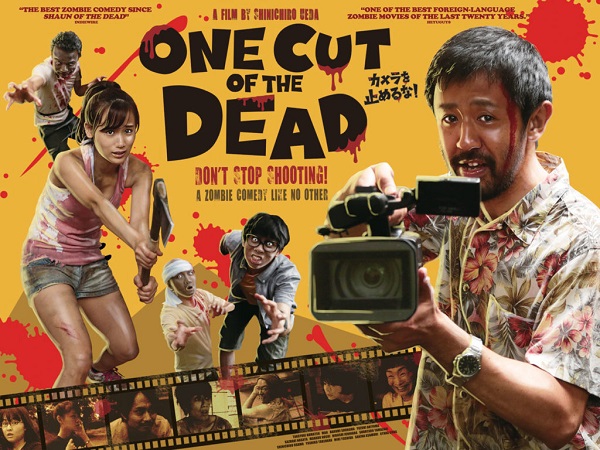
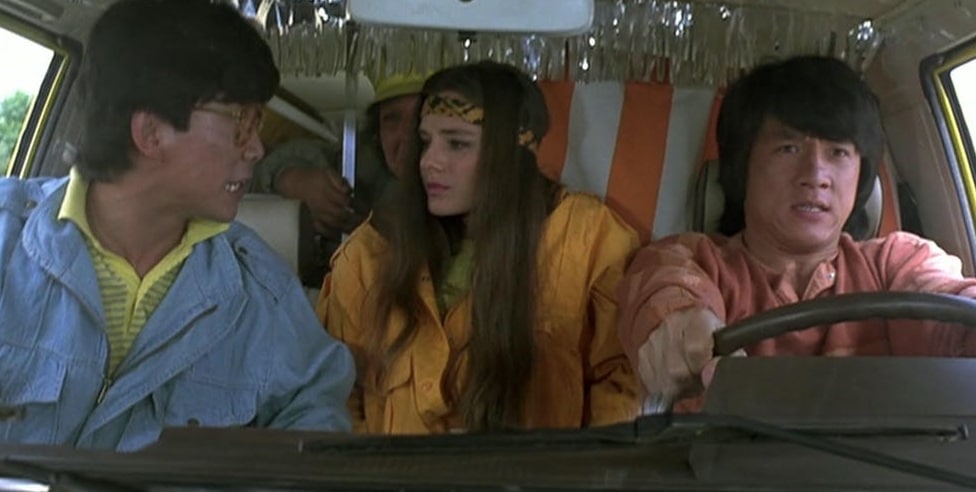
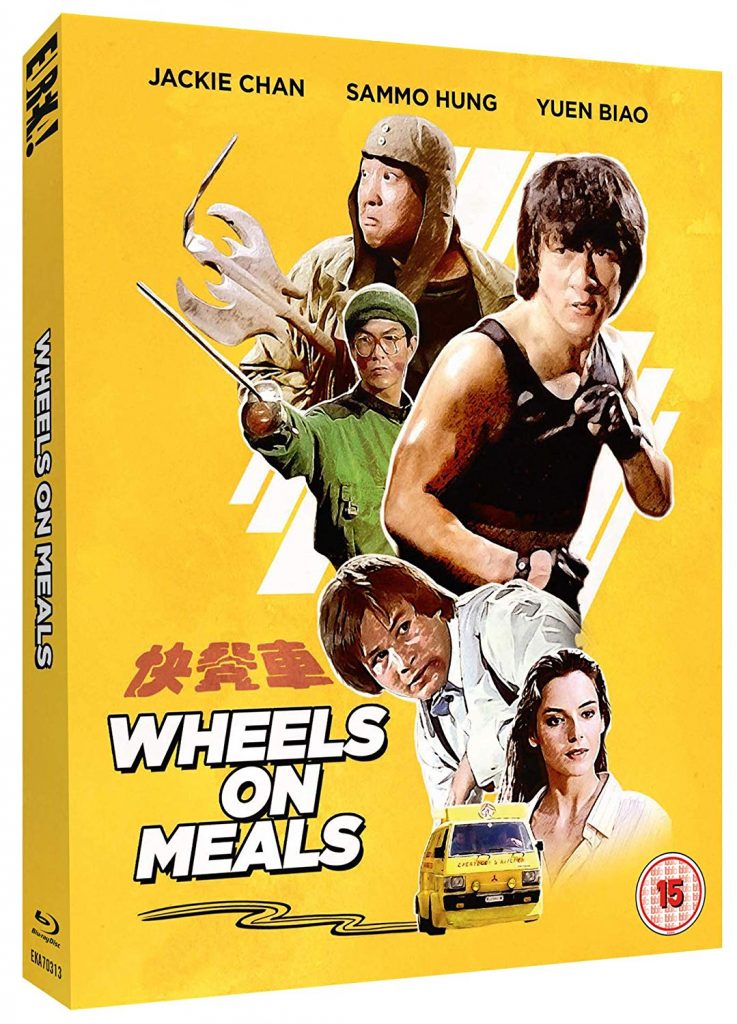

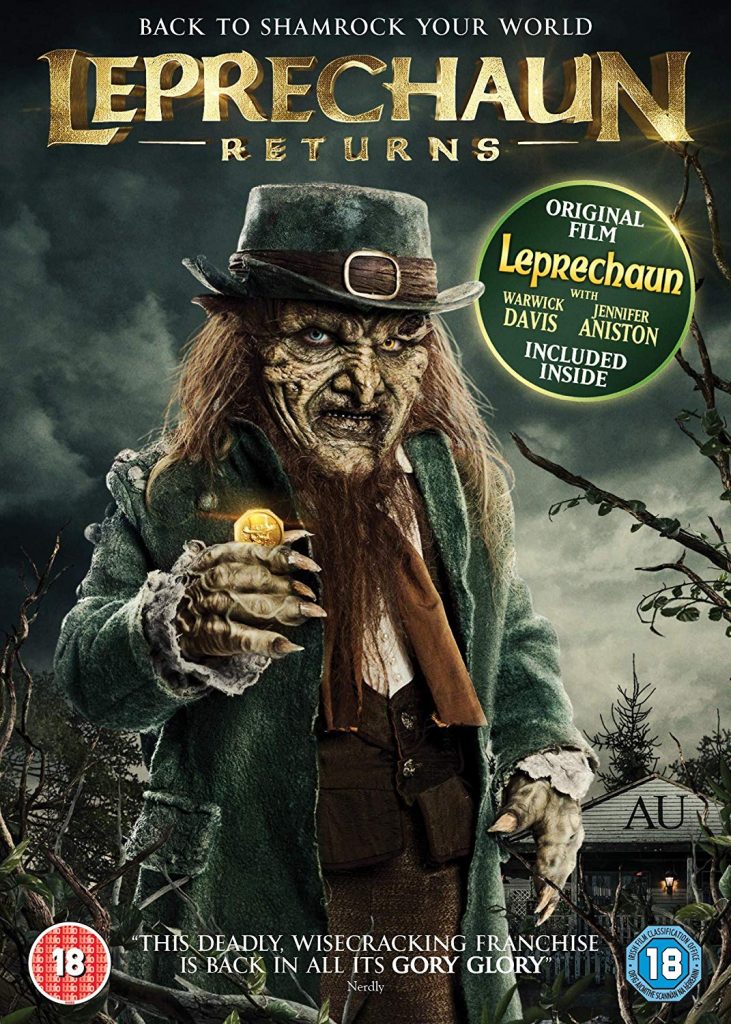

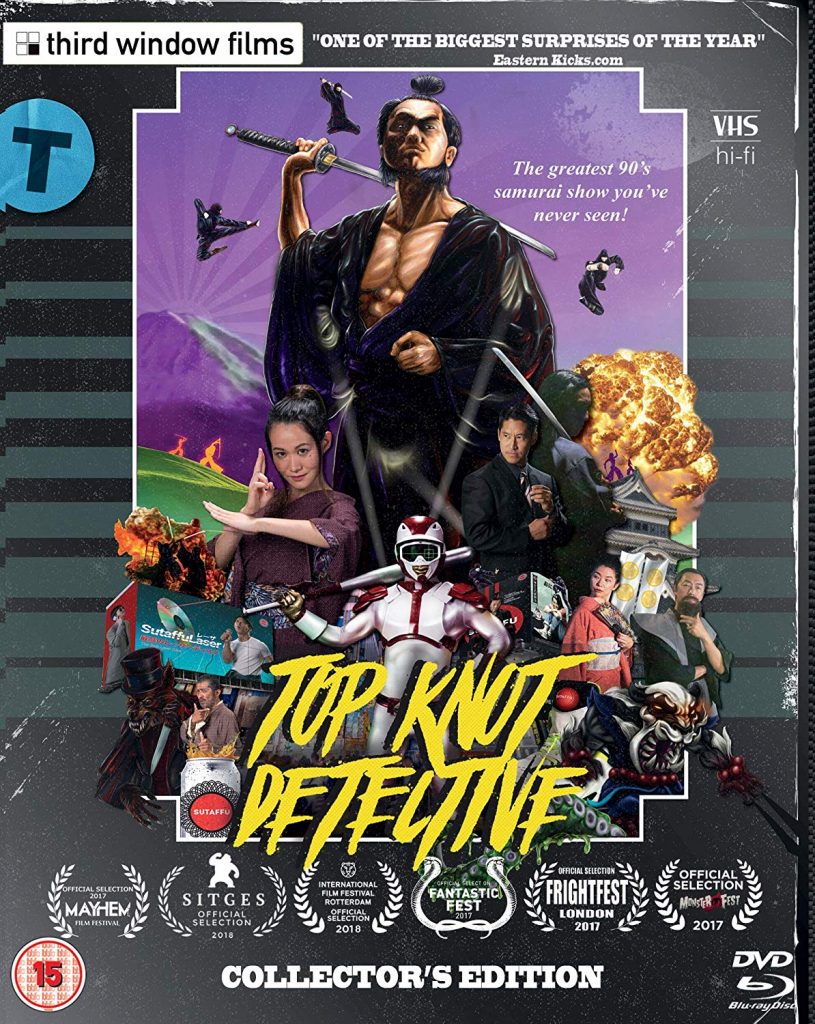
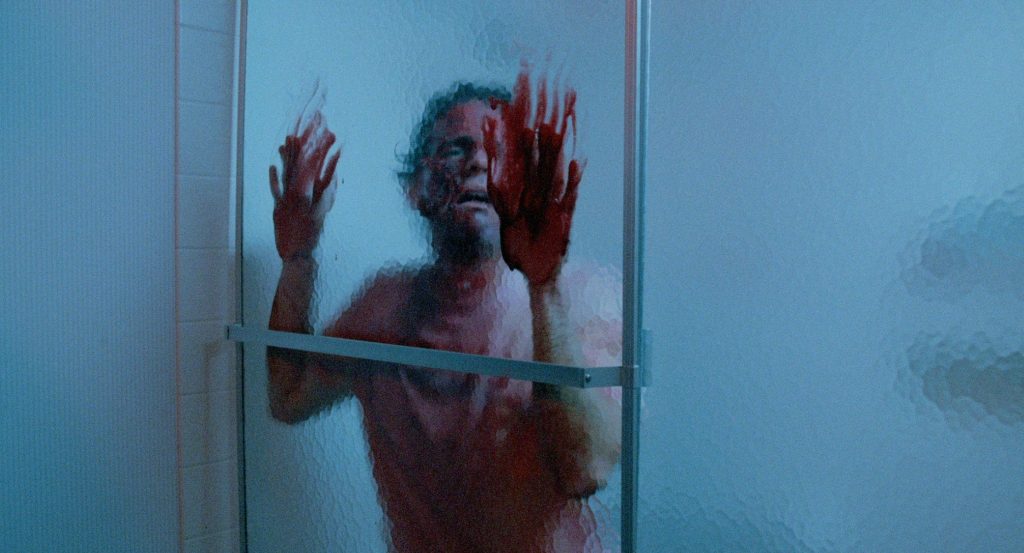
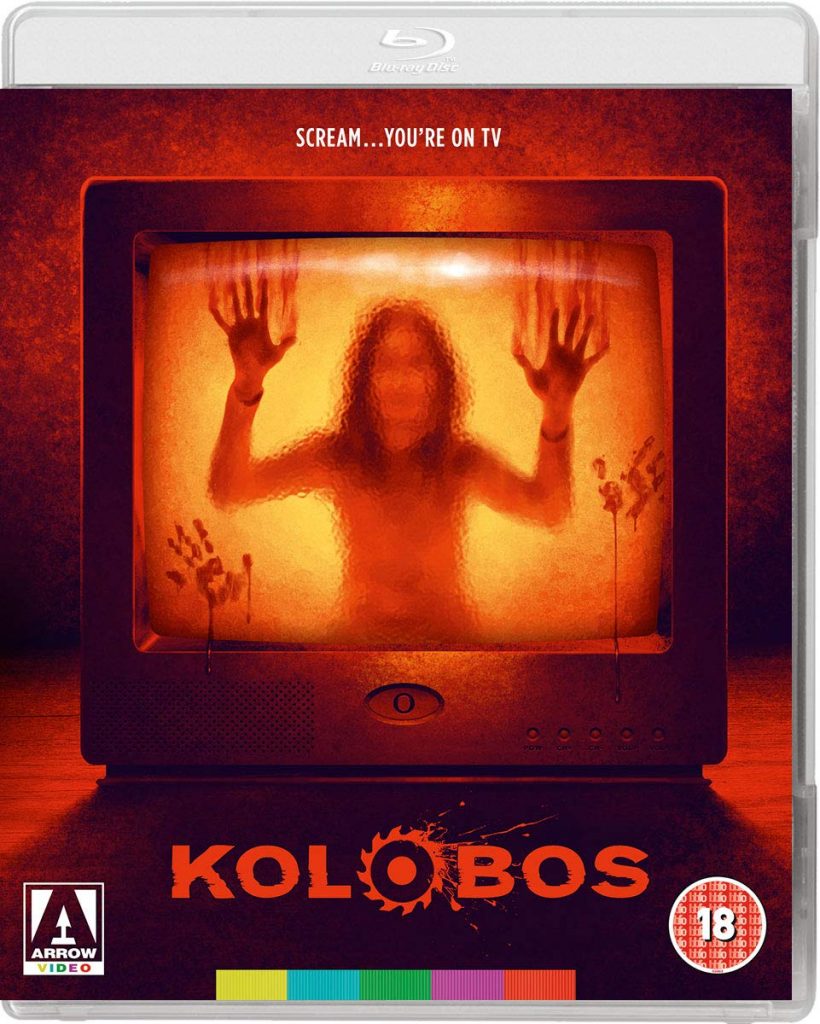
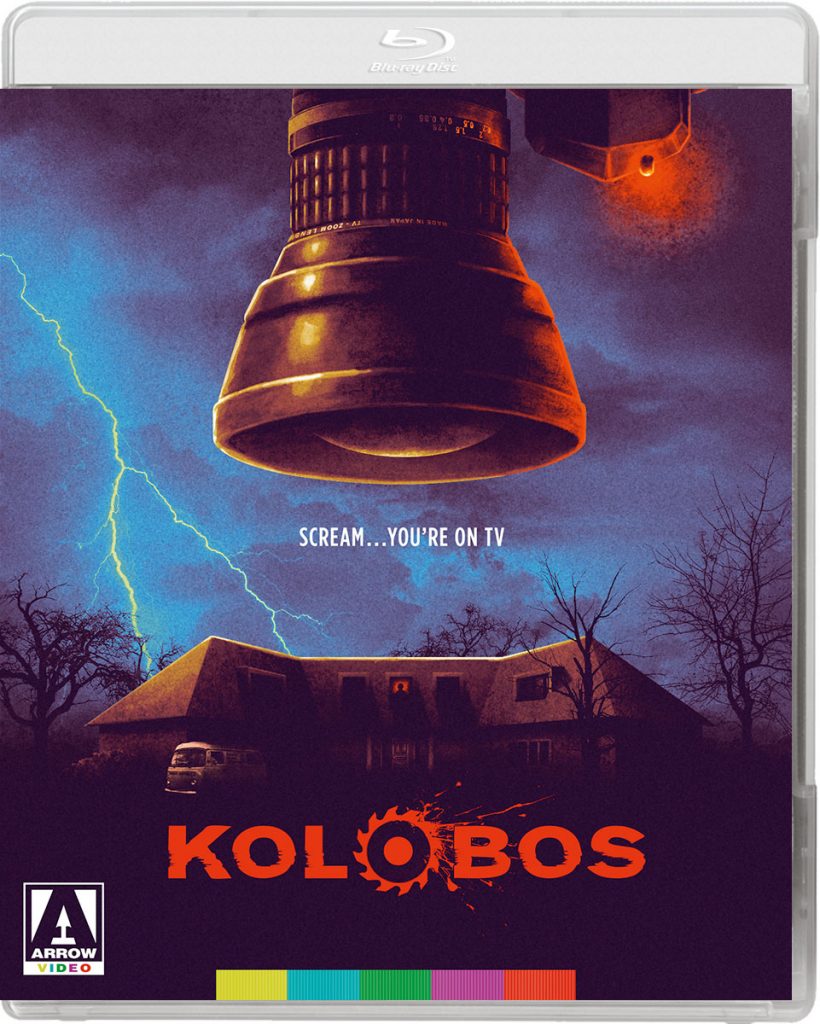
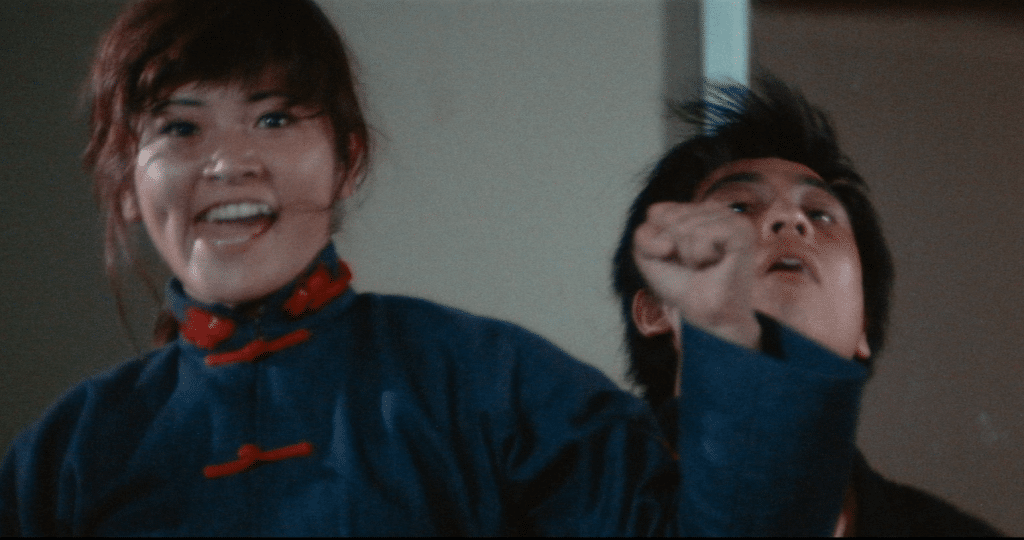


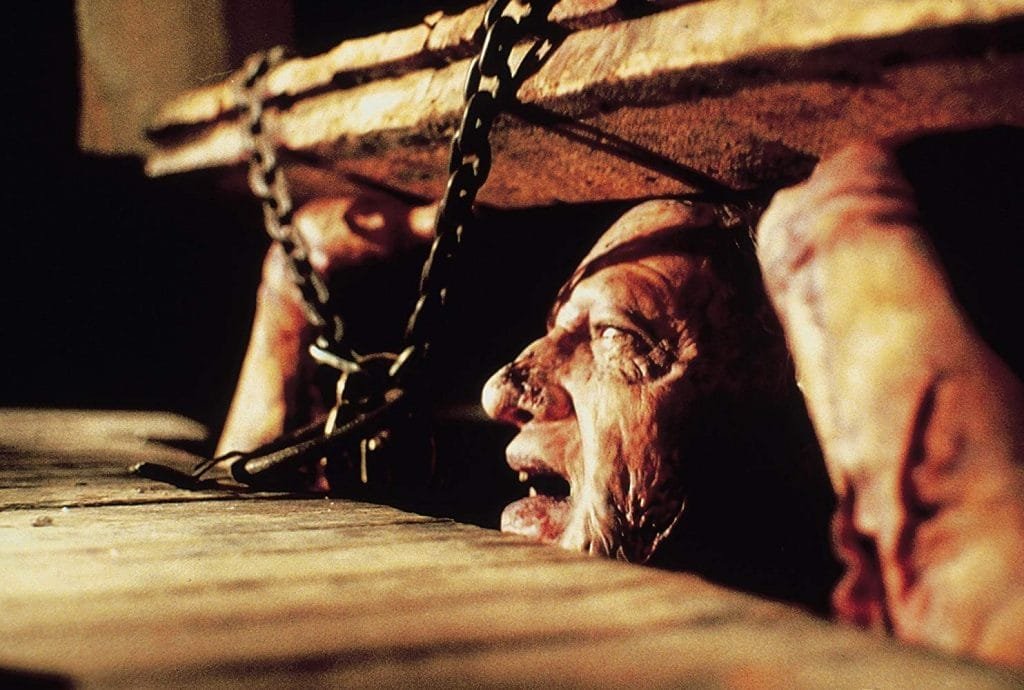
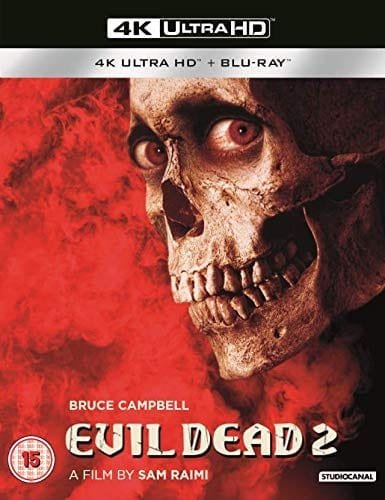


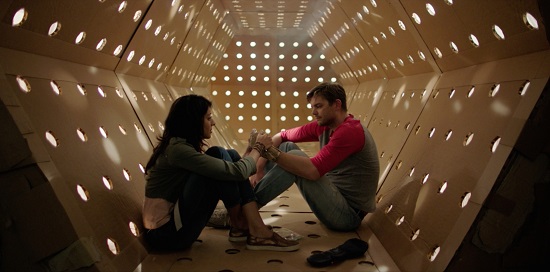
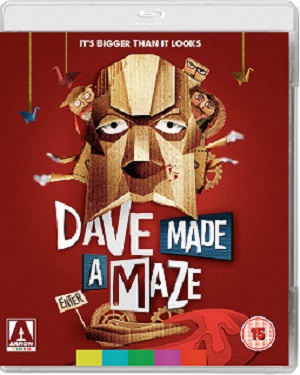
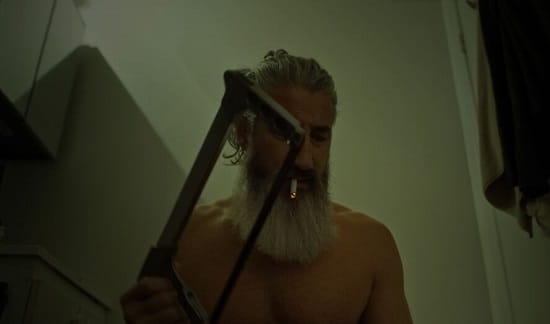
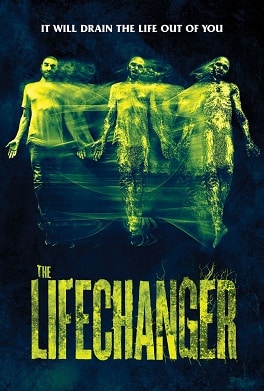
 2018’s as good as over, so it’s end of year review time. Having gone through this old routine a good few times already, Warped Perspective’s editors Ben Bussey and Keri O’Shea decided to take a different approach this year and get together for a virtual discussion of their favourite films of the year; and for the sake of brevity, opted to each list their top 5 rather than the traditional top 10. (Click on the titles to go to our reviews.)
2018’s as good as over, so it’s end of year review time. Having gone through this old routine a good few times already, Warped Perspective’s editors Ben Bussey and Keri O’Shea decided to take a different approach this year and get together for a virtual discussion of their favourite films of the year; and for the sake of brevity, opted to each list their top 5 rather than the traditional top 10. (Click on the titles to go to our reviews.) Ben: Well, just as you started on something small, independent and little-seen, I’ve rather gone to the other end of the spectrum on my first choice, which I’m assuming won’t have made your list: Black Panther.
Ben: Well, just as you started on something small, independent and little-seen, I’ve rather gone to the other end of the spectrum on my first choice, which I’m assuming won’t have made your list: Black Panther. Keri: Well, to get to my second film, I’m afraid it’s yet another lesser-known one. And another animal-related title – so we’ve had a rabbit, a panther, and now a
Keri: Well, to get to my second film, I’m afraid it’s yet another lesser-known one. And another animal-related title – so we’ve had a rabbit, a panther, and now a  Ben: Okay, well on to my next I suppose, and I feel like a pattern’s emerging as I’ve picked yet another major studio release seen by loads of people; although I will also say, this was the one pick in my top five that it took me the longest to settle on. And the film in question is –
Ben: Okay, well on to my next I suppose, and I feel like a pattern’s emerging as I’ve picked yet another major studio release seen by loads of people; although I will also say, this was the one pick in my top five that it took me the longest to settle on. And the film in question is –  Keri:
Keri:  Ben: Okay, I suspect my next may possibly be on your list as well… it’s
Ben: Okay, I suspect my next may possibly be on your list as well… it’s  Ben: Well hey, we shared an entry there so we saved a bit of time. So – onto your number 2? Tee hee. Oh wait – that was your number 2. So, probably better it’s my number 2. This doesn’t stop being funny. Anyway – my next pick is
Ben: Well hey, we shared an entry there so we saved a bit of time. So – onto your number 2? Tee hee. Oh wait – that was your number 2. So, probably better it’s my number 2. This doesn’t stop being funny. Anyway – my next pick is  Keri: Yes indeed. My last pick is the second title from the East End Film Festival –
Keri: Yes indeed. My last pick is the second title from the East End Film Festival – 
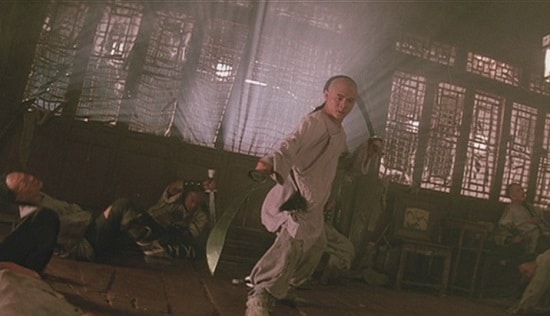 If you’ve seen your share of historical martial arts movies, chances are you’ve heard the name Wong Fei-Hung. A real life pioneer of Kung Fu and Chinese medicine and all-around folk hero, he’s been heavily mythologised in Hong Kong action cinema, notable films including
If you’ve seen your share of historical martial arts movies, chances are you’ve heard the name Wong Fei-Hung. A real life pioneer of Kung Fu and Chinese medicine and all-around folk hero, he’s been heavily mythologised in Hong Kong action cinema, notable films including 